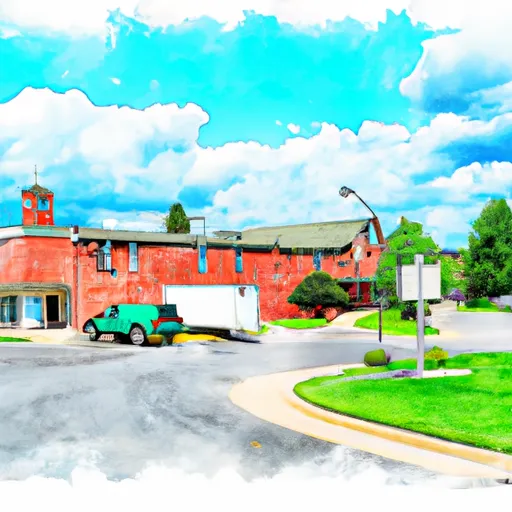°F
°F
mph
Windspeed
%
Humidity











Brokaw, Wisconsin is a small village located in Marathon County with a population of approximately 250 residents. The climate in Brokaw is characterized by cold winters and warm summers, with an average annual temperature of 43°F. The village is situated near the Wisconsin River, which provides the primary source of hydrology constituents for the area. Outdoor recreation opportunities in Brokaw include fishing and boating on the Wisconsin River, as well as hiking and biking in nearby state parks and forests. The village is also home to several parks and outdoor recreational areas, including the Brokaw Lions Club Park and the Brokaw Village Park, which offer playgrounds, picnic areas, and sports fields.
Weather Forecast
Brokaw receives approximately 820mm of rain per year, with humidity levels near 84% and air temperatures averaging around 6°C. Brokaw has a plant hardyness factor of 4, meaning plants and agriculture in this region thrive during a short period during spring and early summer. Most plants will die off during the colder winter months.
Regional Streamflow Levels
61
Cubic Feet Per Second
4,700
Cubic Feet Per Second
392
Cubic Feet Per Second
1,720
Cubic Feet Per Second
Nearby Camping
| Camping Area | Reservations | Toilets | Showers |
|---|---|---|---|
| Roosevelt State Park | |||
| Lake Ross Barnett | |||
| McLeod Water Park | |||
| Lake Mike Conner | |||
| Dry Creek Water Park | |||
| Okatoma Water Park |



